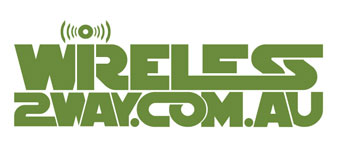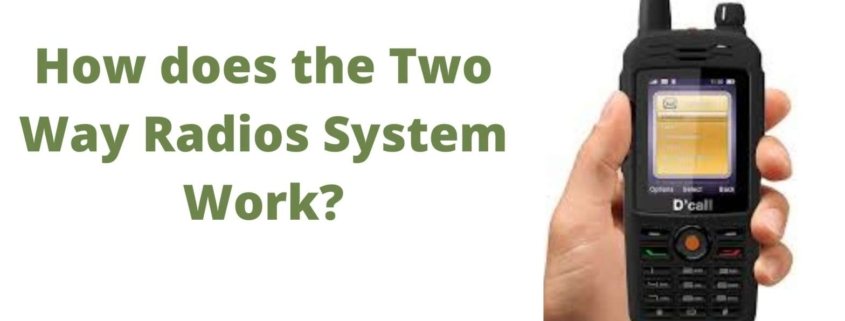How does the Two Way Radios System Work?
Two-way radios can both send and receive audio signals. It is designed to provide two-way communication between two individuals or between groups of people. Everyone using a two-way radio must communicate on the same frequency.
Some are fixed in place, while others are movable or portable. For two-way communication, they typically use a half-duplex mode. It indicates that the operators can listen and communicate at the moment, but not simultaneously.
These gadgets often contain a Push-to-Talk feature that allows customers to communicate their messages by pressing them. However, the product only gets messages when the button is released.
Portable two-way radios are commonly known as walkie-talkies or long-range handheld radios, yet they are typically limited to versions that cover a short distance. A two-way radio allows you to communicate with other radios directly and instantaneously.
How Do Two-Way Radios Function?
To fully comprehend how two-way radios function, it is necessary to understand how they vary from standard analogue radios. Conventional radios communicate by sending audio signals on specified radio frequencies and overlaying your voice on top of those sounds. For years, we were depended on analogue radios to transmit a single voice across a single radio channel.
Two-way radio communication had come a long way from the days when a mobile system took up the whole back seat of a police cruiser, and the range of a two-way radio was quite limited. As digital technology has advanced, radios for commercial and industrial use have gained features and capabilities that make them a far superior communications option to mobile phones.
Today, we employ digital mobile radio technology, or DMR, to digitise voice communications, transforming the sound of voice into the same types of letters and numbers as computer data. This digitisation process has several advantages, including holding simultaneous conversations on the same radio frequency and improved clarity.
Two-Way Radio Components
To fully comprehend the operation of two-way radio, it is necessary to examine its components. They are as follows:
- Antenna: A device that helps in sending and receiving radio waves.
- Loudspeaker: The message is transmitted to the operator over the loudspeaker.
- Push-to-Talk: This allows the operator to talk by pressing the button.
- Microphone: This feature makes it easy to track your message. A few gadgets feature a separate microphone, whilst others combine the microphone and the loudspeaker into a single component.
What are the different types of two-way radio systems?
The five major two-way radio systems differ in the number of users and places they can allow. They are as follows:
- Conventional
The most fundamental system is conventional. It is ideally suited to a single location with a modest number of users, ranging from one to 150
- IP Site Connect
IP Site Connect is an excellent choice for small to medium-sized organisations. IP Site Connect can handle the same number of people as a traditional system, but it connects numerous locations that are miles apart using repeaters and your existing data network.
- Capacity Plus
Capacity Plus is a solution for 100 or more users spread over many sites. The technology connects the sites’ scattered repeaters, transforming them into a unified unit and handling traffic automatically by re-assigning users when channels fill up.
- Linked Capacity Plus
For even bigger clients, Linked Capacity Plus offers multi-site Capacity Plus. To connect locations, it employs the same technology as IP Site Connect.
- Capacity Max
Capacity Max is designed for big corporate clients who want the most coverage and capacity for thousands of users who may be thousands of miles distant.
Uses
Many organisations and businesses use this gadget for effective communication with one another. Some of these businesses may include:
- The oil and gas sector
- Military and other intelligence organisation
- Industries such as electricity, water, and cable.
- Emergency Medical Services and Disaster Recovery Agencies
- Departments of Police and Fire
- Airport and seaport facilities are available.
- Resorts and hotels
- Several federal agencies.
- Transportation service providers
Wrapping Up
Overall, two-way radios are useful equipment essential for both rapid and group communication. They let you communicate and listen from a single device, allowing comprehensive and urgent communication in critical situations.



